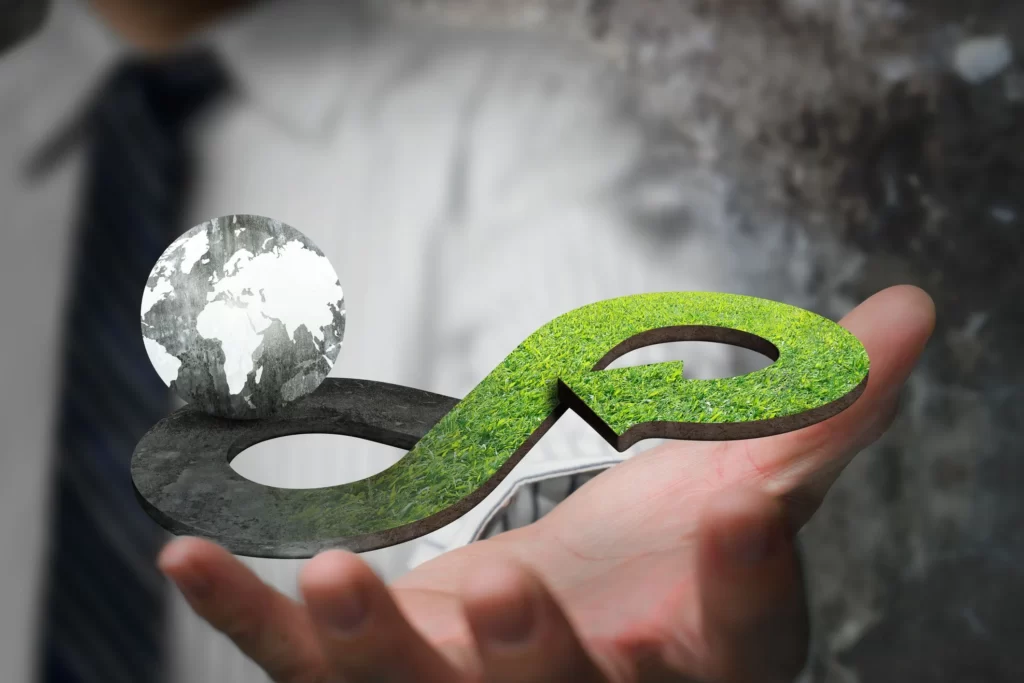The Kyoto Protocol is an international treaty that was signed in 1997 to address the issue of climate change. It is an extension of the United Nations Framework Convention on Climate Change (UNFCCC), which was signed in 1992 and sets out a framework for addressing the issue of climate change.
Under the Kyoto Protocol, countries that have signed and ratified the treaty (known as “Annex I Parties“) commit to reducing their greenhouse gas emissions. Greenhouse gases are gases that trap heat in the Earth’s atmosphere, causing the Earth’s surface to warm. The main greenhouse gases are carbon dioxide, methane, and nitrous oxide.
The Kyoto Protocol establishes specific emissions reduction targets for Annex I Parties. These targets are based on the principle of “common but differentiated responsibilities,” which means that developed countries, which have contributed the most to climate change, are required to make deeper emissions cuts than developing countries.
To achieve their emissions reduction targets, Annex I Parties can use a number of mechanisms, including emissions trading, joint implementation, and the clean development mechanism. These mechanisms allow countries to buy and sell emissions allowances or to invest in emissions-reducing projects in other countries.
The Kyoto Protocol has been successful in reducing greenhouse gas emissions. However, the treaty has faced some challenges, including the fact that it does not include all countries and that some countries have not met their emissions reduction targets.
The Kyoto Protocol is set to expire in 2020, and negotiations are ongoing for a successor treaty. The Paris Agreement, which was signed in 2015, is expected to take over from the Kyoto Protocol as the primary international treaty on climate change.

